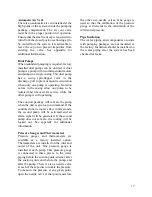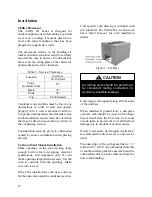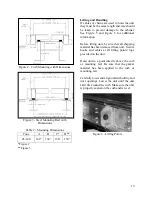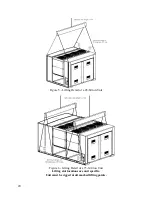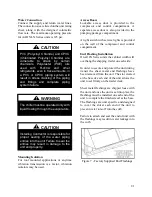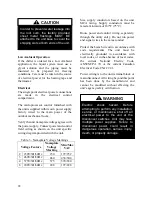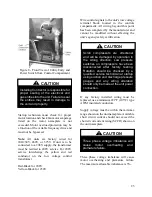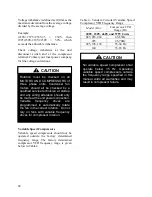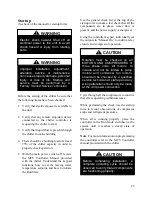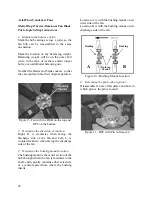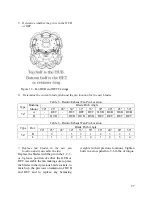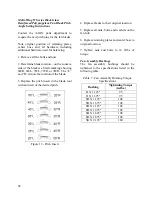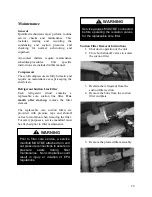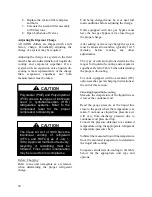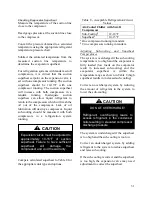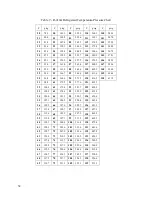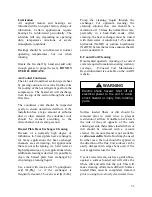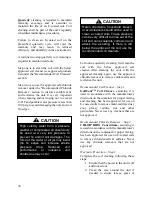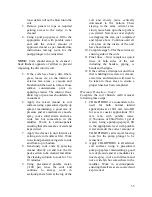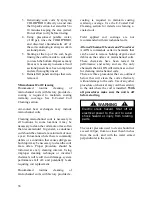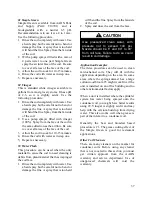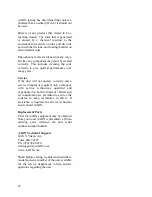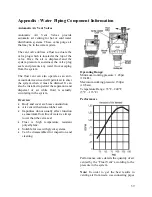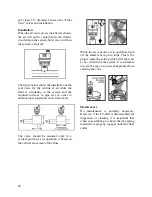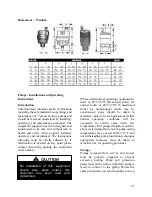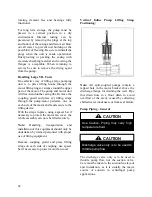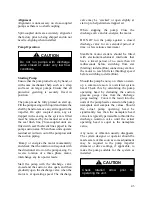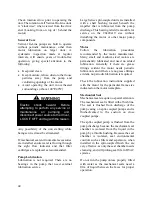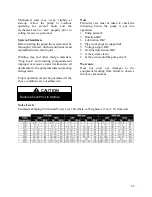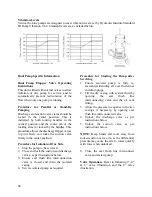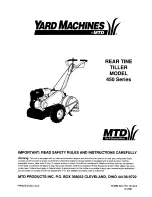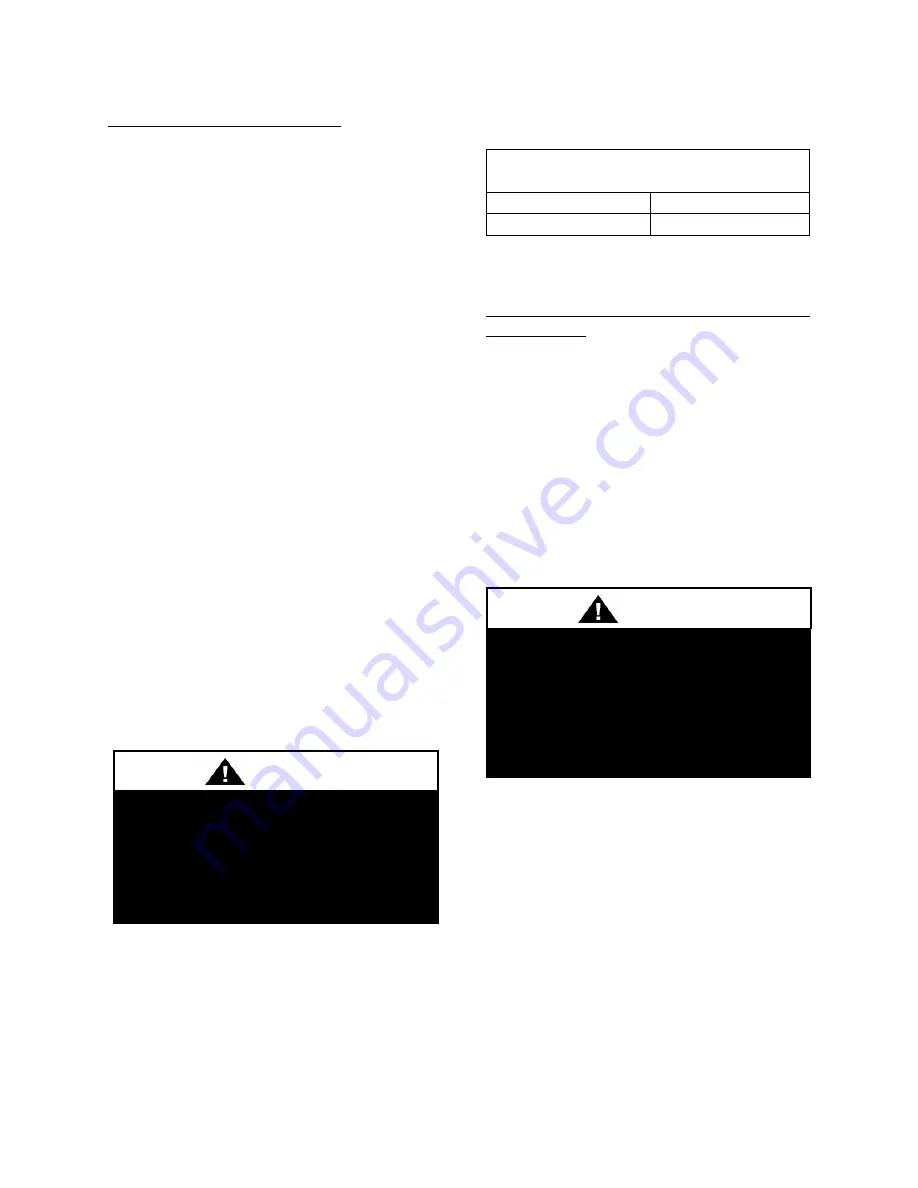
31
Checking Evaporator Superheat
Measure the temperature of the suction line
close to the compressor.
Read gauge pressure at the suction line close
to the compressor.
Convert the pressure obtained to a saturated
temperature using the appropriate refrigerant
temperature-pressure chart.
Subtract the saturated temperature from the
measured suction line temperature to
determine the evaporator superheat.
For refrigeration systems with tandem scroll
compressors, it is critical that the suction
superheat setpoint on the expansion valve is
set with one compressor running. The suction
superheat should be 10-13°F with one
compressor running. The suction superheat
will increase with both compressors in a
tandem
running.
Inadequate
suction
superheat can allow liquid refrigerant to
return to the compressors which will wash the
oil out of the compressor. Lack of oil
lubrication will destroy a compressor. Liquid
sub-cooling should be measured with both
compressors in a refrigeration system
running.
Compare calculated superheat to Table 8 for
the appropriate unit type and options.
Table 8 - Acceptable Refrigeration Circuit
Values
Air-Cooled Chiller with Scroll
Compressors
Sub-Cooling
2
12-18°F
Superheat
1
10-15°F
1
One compressor running in tandem
2
Two compressors running in tandem
Adjusting
Sub-cooling
and
Superheat
Temperatures
The system is overcharged if the sub-cooling
temperature is too high and the evaporator is
fully loaded (low loads on the evaporator
result in increased sub-cooling) and the
evaporator
superheat
is
within
the
temperature range as shown in Table 8 (high
superheat results in increased sub-cooling)
Correct an overcharged system by reducing
the amount of refrigerant in the system to
lower the sub-cooling.
The system is undercharged if the superheat
is too high and the sub-cooling is too low.
Correct an undercharged system by adding
refrigerant to the system to reduce superheat
and raise sub-cooling.
If the sub-cooling is correct and the superheat
is too high, the expansion valve may need
adjustment to correct the superheat.
Expansion valves must be adjusted to
approximately 10-15°F of suction
superheat. Failure to have sufficient
superheat
will
damage
the
compressor and void the warranty.
CAUTION
DO NOT OVERCHARGE!
Refrigerant overcharging leads to
excess refrigerant in the condenser
coils resulting in elevated compressor
discharge pressure.
CAUTION
Summary of Contents for LN Series
Page 49: ...49 ...
Page 50: ...50 ...
Page 57: ...57 Pressure Temperature Limits Flo Trex Cross Section ...
Page 62: ......

